
Sport
A brief history of Goodison Park
1 year ago
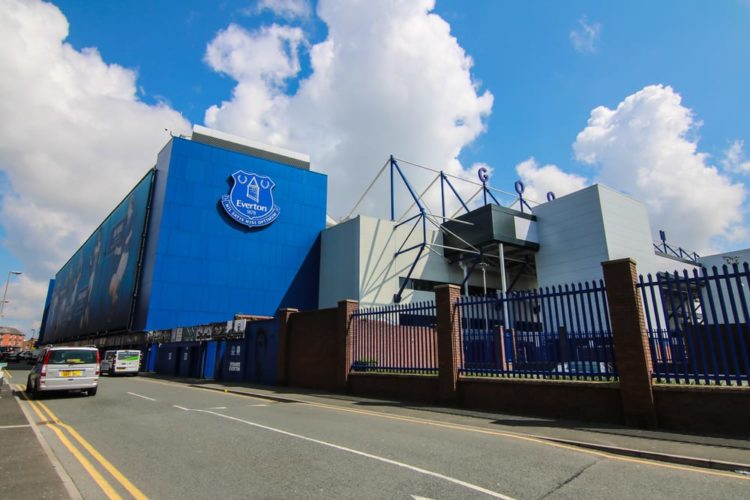
Established in 1878, Everton Football Club is one of the world’s oldest professional football teams.
Die-hard football will know that, despite Goodison being EFC’s home for over 130 years, the club pre-dates the Park by 14 years. Everton played their home games at Anfield until 1892.
However, after winning their first league title in 1891, Everton board members fell out with chairman John Houlding. The dispute led the team to leave Anfield and move into a purpose-built stadium across Stanley Park.
While Liverpool stayed at Anfield, Everton headed to Goodison.
‘The Grand Old Lady,’ as she’s fondly known by supporters, is considered the oldest major stadium built in England. Goodison’s first match was an exhibition between Everton and Bolton Wanderers, which Everton won 4-2.
By 1895, Everton was the wealthiest club in the land, with coffers boosted by Goodison’s hosting of the 1894 FA Cup Final, when Notts County beat Bolton 4 -1. (The club would first taste FA Cup success in 1906 after being runners-up in 1893 and 1897.)
The Toffees’ spending power saw them buy Goodison Park outright in 1895, albeit for a bargain price. Everton paid £650 less than the price of Anfield three years earlier, with more land and 25% more seating capacity than their neighbours.
However, the Goodison Park structure was built in stages. In the summer of 1895, a new Bullens Road stand was built, and a roof was added to the original Goodison Road. In 1906, the double-decker Goodison Avenue Stand, designed by Liverpool architect Henry Hartley, was built behind the goal at the ground’s south end.
Renowned stadium architect Archibald Leitch designed the Goodison Road Stand, which was constructed in 1909. People occasionally referred to the development as the ‘Mauretania Stand’, given its resemblance to the world’s largest ship, The Mauretania, which operated from the Port of Liverpool.
England’s first dugouts were added to the stadium in 1931, and thanks to Leitch’s designs, the ground became the first in the country to have four sides of two-tiered stands in 1938.
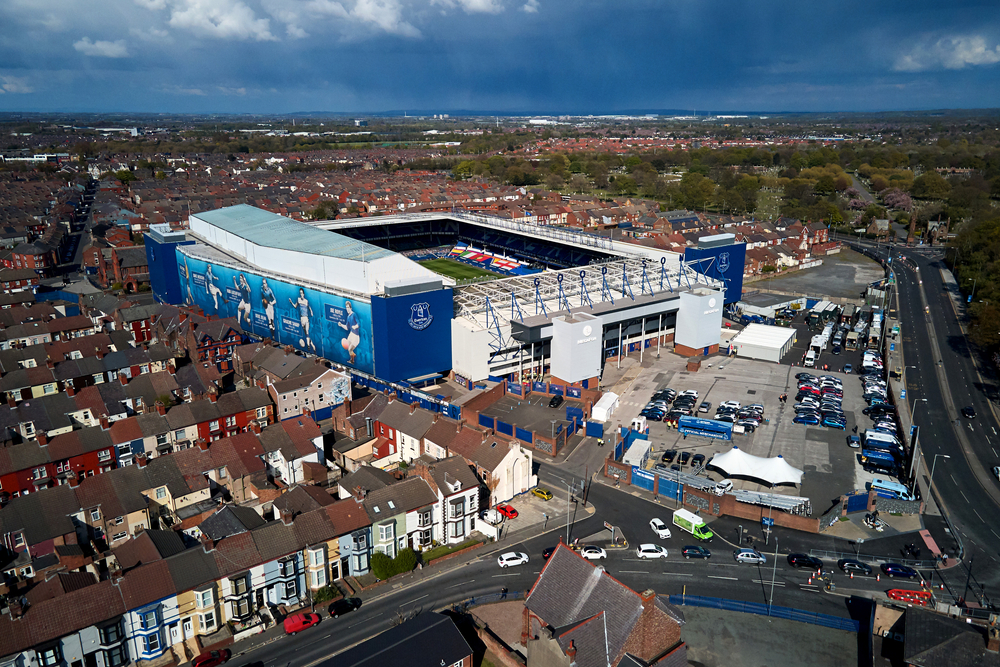
A Stadium of Firsts
After sustaining bomb damage to the Gwladys Street Stand during World War II, Goodison reinforced its reputation as a stadium of firsts from the 1950s onwards.
In 1957, the stadium hosted Liverpool for the derby, which Everton won 2-0. The game was made all the more memorable by being the first floodlight game in English football, as four 200-foot pylons lit up the hallowed turf.
A year later, Goodison became the first ground to install an undersoil heating system.
The club introduced the country’s first scoreboard on 20 November 1971 when Everton beat Southampton 8–0. However, with Joe Royle scoring four, David Johnson three and Alan Ball one, the scoreboard didn’t have room to display the goal scorer’s names. Instead, it simply read “7 9 7 9 8 9 9 7” to show the scorer’s shirt numbers.
Despite some necessary improvements over the years, including a new Goodison Road stand in 1971, Safety of Sports Ground Act modifications in 1975, and adding post-Taylor report seating, the clock is ticking on Everton’s famous old stadium.
The Blues will move into the stunning waterfront Everton Stadium for the start of the 2025/26 season, hoping to attract as many famous names and iconic games as they did to Goodison Park over the last decade and a half.
But Goodison will still be around for a while longer. Liverpool City Council has approved a mixed-use conversion, using the site for office space and over 150 homes.
With the plan including retail spaces and a care home, we hope The Grand Old Lady is part of the local community for years to come.aces and a care home, we hope The Grand Old Lady is part of the local community for years to come.




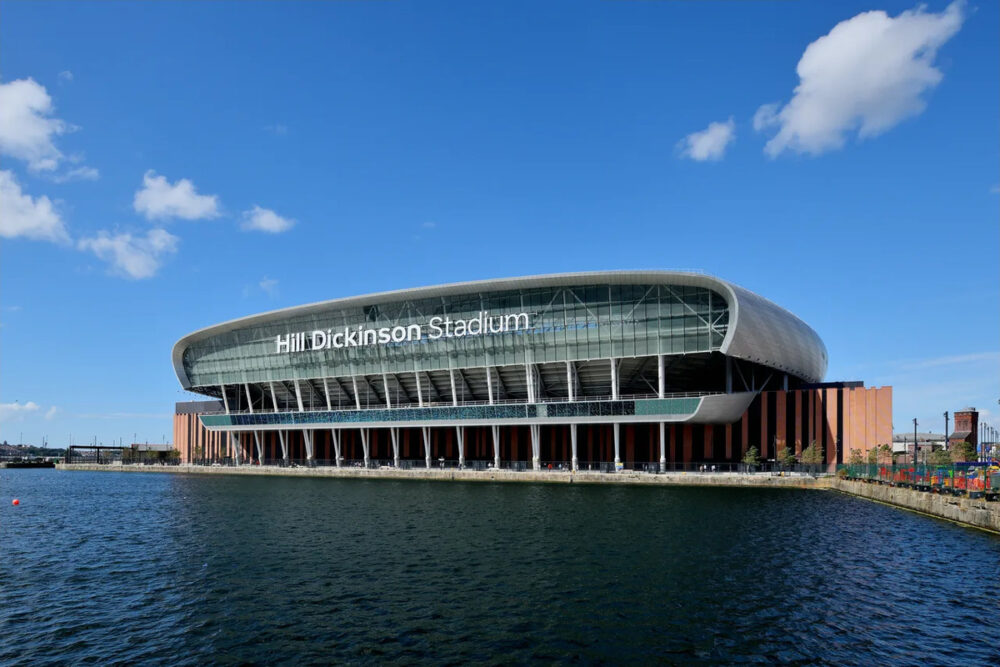
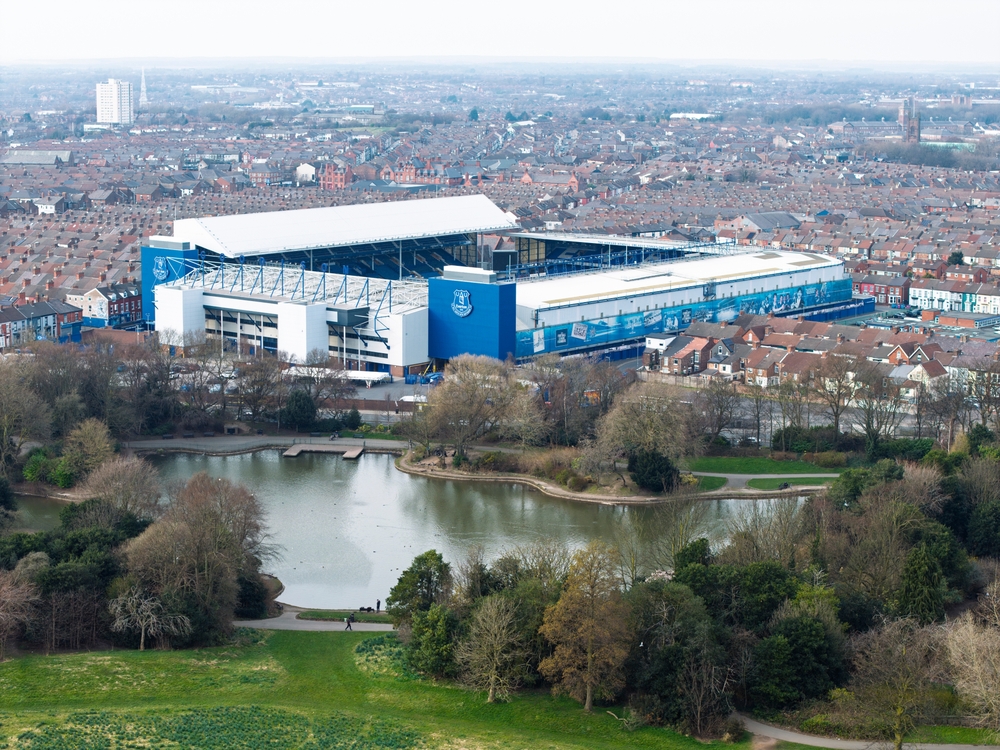





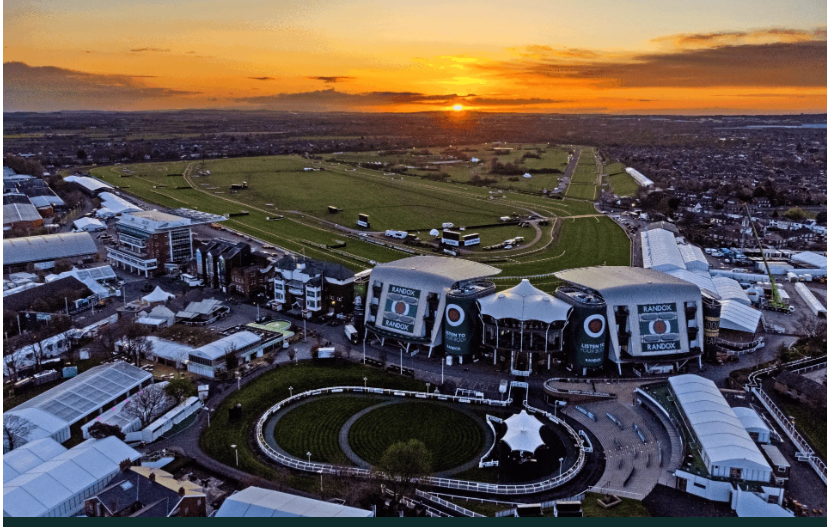
 Subscribe
Subscribe Follow Us
Follow Us Follow Us
Follow Us Follow Us
Follow Us Follow Us
Follow Us











